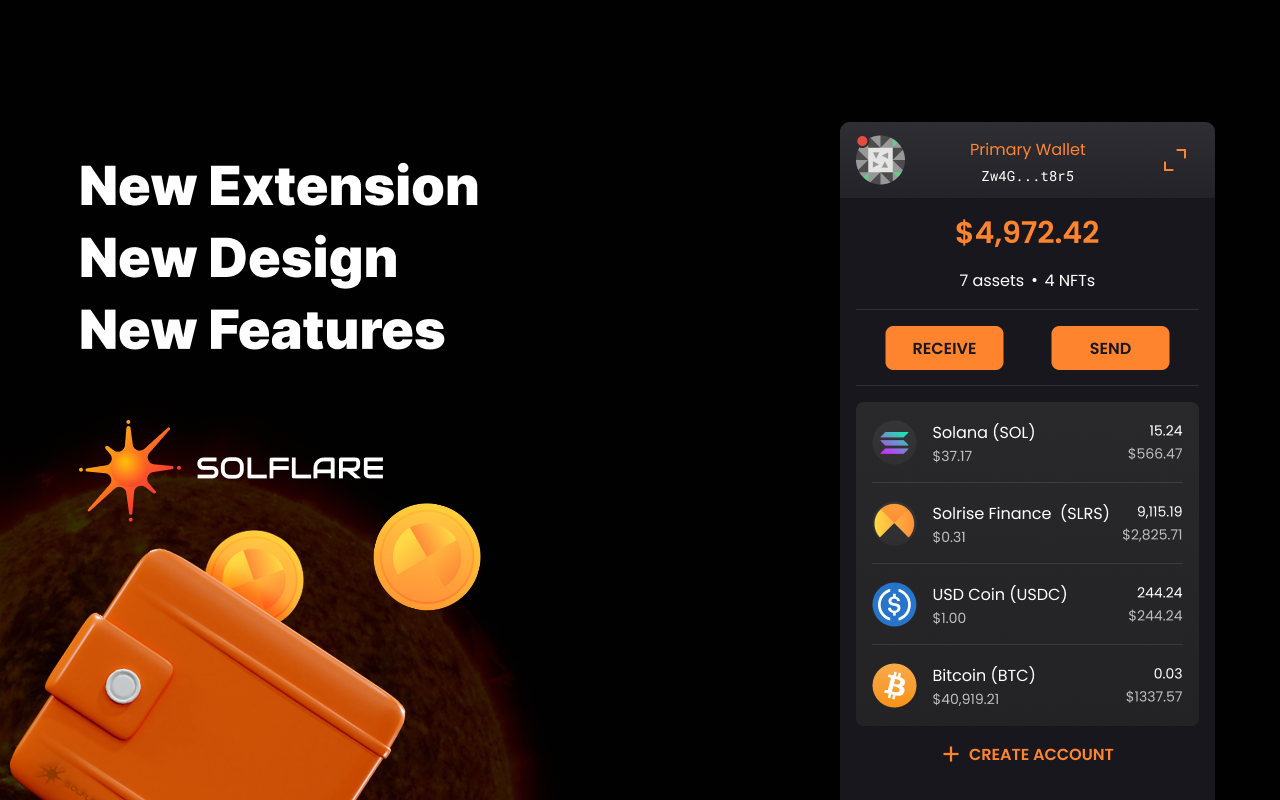So, I was fiddling with my Solana setup the other day, and something felt off about how casually some folks treat wallet security. Really, it’s wild to think about—people pour hours into picking the right staking pools or yield farms but overlook the basics of where their crypto actually lives. Wow! You gotta wonder: How safe are those hot wallets when you’re locking up serious SOL for staking rewards?
My gut said, “Hey, maybe hardware wallets deserve more love in the Solana ecosystem.” Initially, I thought software wallets were good enough—after all, they’re super convenient and slick. But then I started digging into potential attack vectors and realized, nah, that convenience might be costing us more than we realize. On one hand, software wallets make DeFi easy and accessible, but on the other, they expose your private keys to risks that a hardware wallet simply avoids.
Here’s the thing. Hardware wallets—yeah, those physical devices that look like tiny USB sticks—are built to keep your private keys offline and away from prying eyes. So when you want to stake SOL or dive into yield farming, signing transactions through a hardware wallet adds a layer of trust and peace of mind that’s hard to beat. I’m biased, but I really think this is the missing puzzle piece for many Solana users who want to stay safe without sacrificing DeFi opportunities.
Check this out—integrating hardware wallets with Solana isn’t rocket science anymore. Thanks to projects like Solflare, which supports hardware wallet extensions, you can combine the best of both worlds: robust security and seamless DeFi interaction. For anyone serious about staking or farming, using a setup like this is very very important.
By the way, if you haven’t explored this, you can find more about Solflare’s wallet extension here. Honestly, it’s made my staking experience way smoother without compromising security.
Why Staking Rewards Demand Extra Security
Let’s be honest—staking is kinda like locking your money in a high-yield savings account, but with way more moving parts. You delegate your SOL to validators and expect steady rewards. But what if your wallet gets compromised mid-delegation? Suddenly, all that sweet passive income disappears. Hmm…
At first, I thought, “Well, if I keep my keys backed up and use strong passwords, I’m good.” But actually, wait—let me rephrase that. Passwords and backups are just one piece of the puzzle. If your private keys are exposed to malware or phishing on your computer, nothing else really protects you. That’s where hardware wallets shine—they keep your keys isolated. Period.
What bugs me about many staking tutorials is how they gloss over this critical security layer. They focus on validator selection, APYs, and compounding strategies but rarely mention the risk of key theft. And yeah, while staking rewards are enticing, the risk of losing your principal is very real without the right safeguards.
Oh, and by the way, hardware wallets don’t just protect you from hackers. They also prevent accidental transactions. Imagine clicking the wrong button and sending your SOL to some wallet you’ve never heard of—ouch. Having that physical confirmation step adds a sanity check that software wallets can’t replicate.
Yield Farming on Solana: High Returns, High Risks
Yield farming has gotten super popular on Solana because of those eye-popping APYs. But man, it’s a wild west out there. Your funds are constantly moving between protocols, pools, and farms, increasing exposure. So, wouldn’t it make sense to lock down your wallet security before you jump into these fast-paced strategies?
Honestly, the first time I tried yield farming, I underestimated how vulnerable I was. Using just a software wallet felt fine until I nearly fell for a phishing scam disguised as a legit farm interface. Something didn’t sit right, and my instinct said, “Pause.” If I’d been using a hardware wallet, that malicious transaction probably wouldn’t have gone through.
On one hand, yield farming is a powerful tool to amplify returns, though actually, it demands more vigilant security hygiene than traditional staking. Hardware wallets, when integrated properly, can act as gatekeepers, ensuring that every transaction is verified by you in person. This hands-on element slows down impulsive clicks and protects you from sneaky DeFi exploits.
So yeah, if you’re staking or farming on Solana, seriously consider pairing your software wallet with a hardware device. It might feel a bit cumbersome at first, but the extra friction is a small price to pay compared to losing your assets.

Now, here’s a little insider tip: Solflare’s wallet extension supports hardware wallets natively, making this integration surprisingly easy. You get the slick UI of a software wallet with the security of a cold wallet. It’s like having your cake and eating it too, if you ask me.
Want to check it out for yourself? The details are here. Give it a whirl and see how it fits your staking or yield farming routine.
Personal Experience: Why I Won’t Stake Without a Hardware Wallet Anymore
Okay, so I’ll be honest—before I switched to using a hardware wallet with Solflare, I was a bit lazy about security. I thought, “It’s just staking, no big deal.” But then, I heard about a friend who got phished and lost a chunk of SOL. That hit close to home. Really made me rethink my approach.
Since then, I’ve been religious about using my hardware wallet for every transaction related to staking or yield farming. Yeah, it adds an extra step and a little wait time, but it’s worth it. I sleep better knowing my private keys aren’t just floating around on some browser extension.
One quirk I’ve noticed (and I’m not 100% sure why) is that some hardware wallets can be finicky with certain DeFi apps on Solana. But honestly, the Solflare extension smooths out most of those bumps. It’s not perfect, but it’s miles better than juggling multiple wallets or risking hot wallet exposure.
So yeah, this hardware-software combo is my go-to now. If you’re serious about your Solana journey, I’d say give it a shot. The convenience of software wallets combined with hardware security feels like the best compromise.
Final Thoughts: Security Should Match Ambition
Here’s what bugs me about the broader Solana community: we’re all chasing these stellar staking rewards and yield farming gains, but many haven’t leveled up their security game accordingly. It’s like buying a sports car and never bothering to lock the garage door—really?
Hardware wallets aren’t some crypto luxury anymore—they’re becoming a necessity. And with tools like Solflare’s wallet extension, integrating them into your staking and farming workflow is pretty straightforward. That said, I get it—there’s a learning curve, and it’s a bit of a mindset shift, but honestly, the peace of mind is worth the hassle.
So, if you’re diving deep into Solana’s DeFi ecosystem, think about where your keys live and how you sign transactions. Maybe start small with a hardware wallet and see how it changes your confidence level. I’m telling ya, once you go that route, there’s just no going back.
And if you want to explore this setup further, the info’s all laid out here. Give it a peek, and maybe it’ll spark some new ideas for your crypto security strategy.
